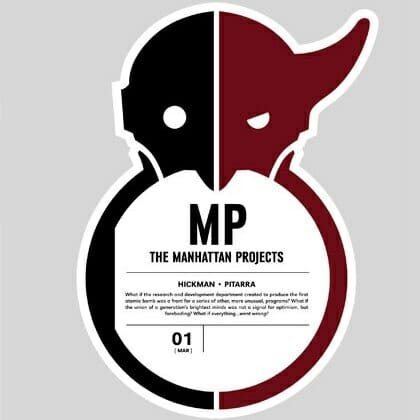Comic Book & Graphic Novel Round-Up (3/7/12)

Each week, Paste reviews the most intriguing comic books, graphic novels, graphic memoirs and other illustrated books.

Young Romance: The Best of Simon and Kirby’s Romance Comics
by Joe Simon and Jack Kirby; ed. Michel Gagné
Fantagraphics, 2012
Rating: 7.9
A project stopping and starting since 2003, this compilation of romance comics by Joe Simon and Jack Kirby is a work of love in more than one sense. Michel Gagné selected the 21 stories included here (reprinted for the first time), scanned them, painstakingly restored them (without making them look exactly new, thus giving the book the feel of a vintage compilation that just happens to be in amazing shape), and finally worked with Fantagraphics to produce this beautiful volume. It’s most interesting as a work of nostalgia, as both its stories and its aesthetics suffer a bit from comparison with the present day or with other genres. Clearly, Simon and Kirby tried to bring as much excitement to primarily psychological and interpersonal goings on as to punching and flying, but the action can’t help but be more grounded and, therefore, limited. It’s impressive that any of the stories manage to sweep one up, and a few do, pulling the reader in rather than leaving him/her assessing art and writing from an appreciative distance. The variety on display here is impressive as well. Pre-code, the range of narratives was clearly wider (something Gagné deliberately demonstrates), but the book shows achievements both before and after 1954. (HB)

The Manhattan Projects #1
by Jonathan Hickman and Nick Pitarra
Image, 2012
Rating: 7.4
-

-

-

-

-

-

-

-

-

-

-

-

-

-

-

-

-

-

-

-

-

-

-

-

-

-

-

-

-

-

-

-

-

-

-

-

-

-

-

-










































